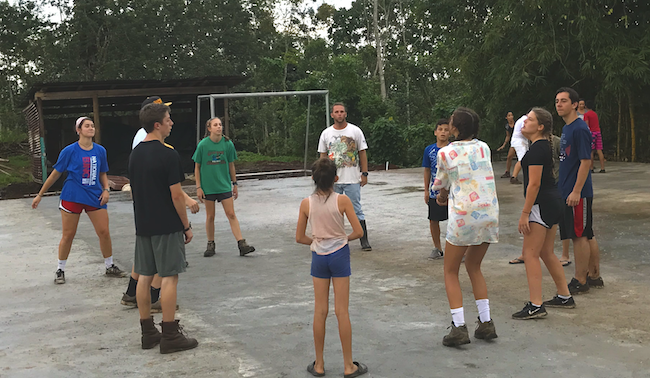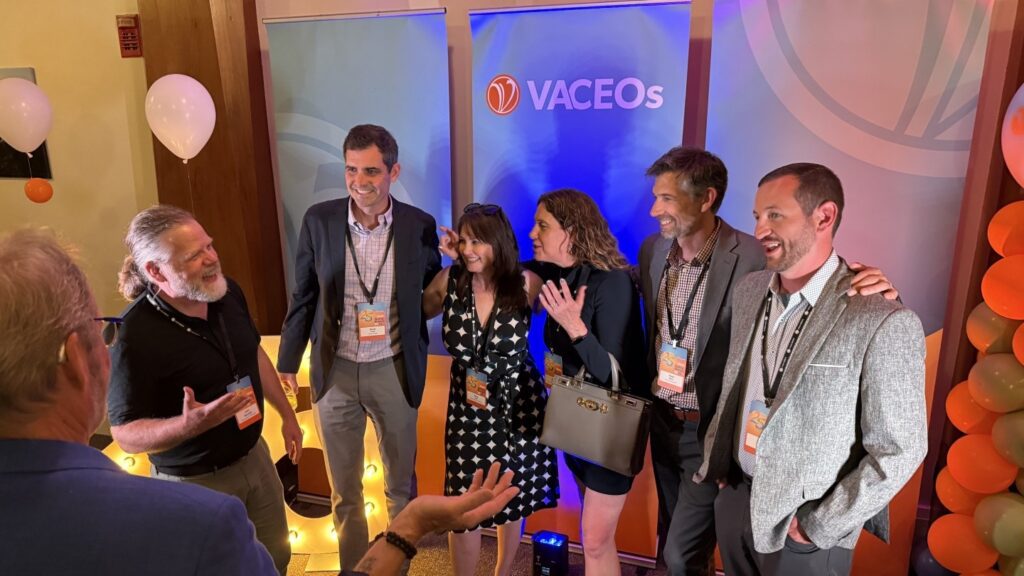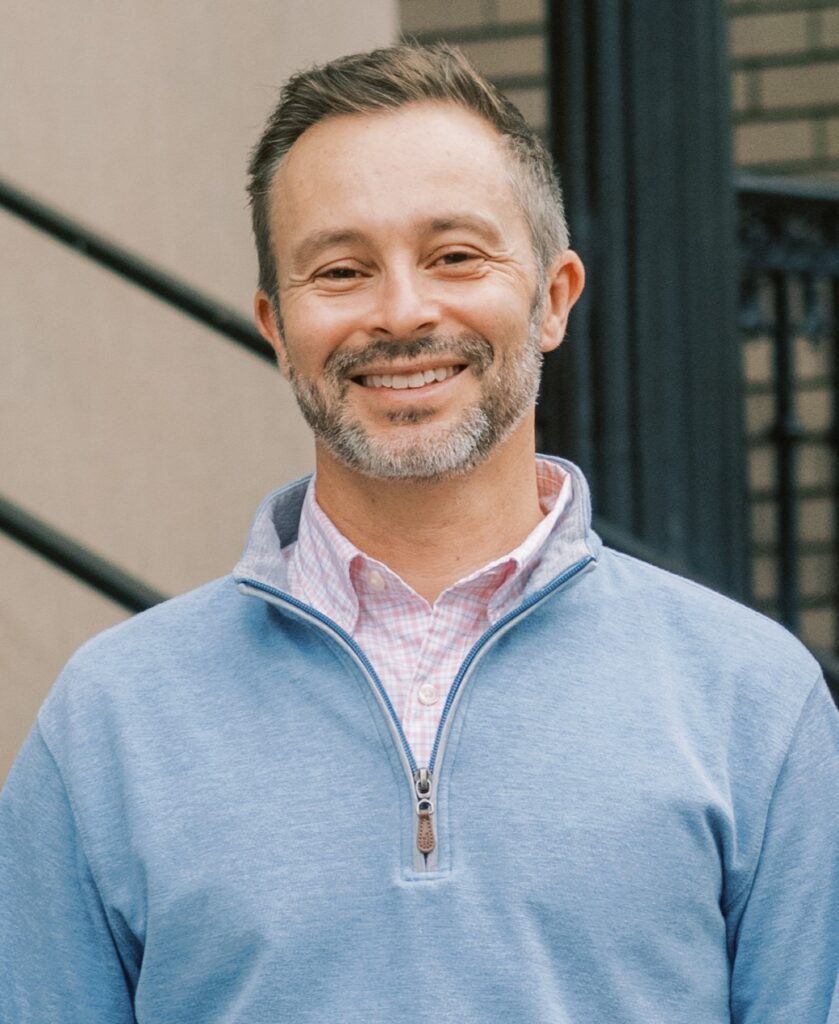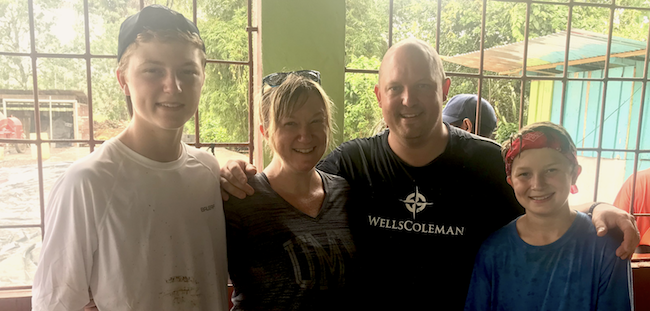
Business owners, whether they run small or large organizations, are notorious for working long hours. But should we consider that that’s simply the price one pays for being an entrepreneur? Or should we diligently seek work-life harmony? Is there real value in that pursuit?
“Undeniably so,” says Danessa Knaupp, Principal, Avenue 8. “Leaders who feel successful and well balanced at home and at work are typically calmer in the face of stress and able to relate to others who are feeling stretched by their responsibilities. That sense of empathy is often a key differentiator between a good leader and a great one.”
Knaupp’s experience as an executive coach has also taught her that a better balanced CEO is a more productive leader. “When CEOs are able to better balance their time between rest, work and play, they often see leaps in productivity at work, stronger relationships at home, and an overall deeper ability to tolerate the daily ups and downs leadership delivers,” she explains.
FROM NEVER SAYING NO TO FOUR-WAY WIN: ONE CEO’S JOURNEY
After finding himself at a balance breaking point years ago, George Forsythe, Managing Partner with WellsColeman, finally found a way to successfully integrate his work with his home life.
“While I was rising up on my way to becoming a managing partner, everything was timed,” explains Forsythe. “I never said no, and I struggled with how much I could fit into an already-packed day. You do all that you can, and at the end of the day, there’s a breaking point, right? There are only so many hours in a day for your health and relationships.”
He began to take regular trips to a remote cabin with his wife to decompress. “My wife says that having that place saved my life, in the sense that the path I was on wasn’t healthy and sustainable,” Forsythe says.
Forsythe actively pursued a better version of himself. He invested in research and professional coaches, and attended leadership seminars, workshops and webinars. But it was a book by Stewart Friedman that resonated with him the most.
“I found that Total Leadership by Stewart Friedman did the best job of explaining Work/Life Integration and how it will make you a better leader,” says Forsythe. VACEOs Members participated in a day-long workshop with Wharton professor and bestselling author Friedman in 2017, thanks to Forsythe’s recommendation.
The concept of a “four-way win” – the perfect integration of work, home, community and self –especially resonated with Forsythe. “The big idea is that it’s possible to create value for the different parts – for work, home, community and your private self, the domain of mind, body and spirit – in ways that you probably didn’t think about before,” according to Friedman. “It doesn’t have to be a tradeoff. Most people operate in a world of thinking about sacrifice as a necessity – that you have to give up something in one part of your life in order to achieve success in another part.”
“The trip was amazing! It was the hardest work I’ve ever done. At one point, I estimated that I personally hoisted over 1,000 five-gallon buckets of rock and sand into the mixer.” – George Forsythe
It’s rare to consistently succeed on all fronts, Forsythe admits. But we recently caught up with him when he was working hard on the community side – just hours before he headed to Costa Rica with his family and a handful of clients and friends for eight days of volunteer work through the Courts for Kids organization. Their goal: build a multi-purpose sports court for a small village of roughly 300 people in a town about four hours north of San José.
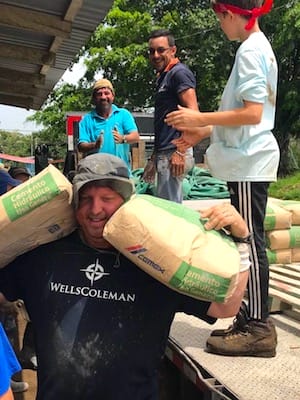
“The trip was amazing! It was the hardest work I’ve ever done. At one point, I estimated that I personally hoisted over 1,000 five-gallon buckets of rock and sand into the mixer. We immersed ourselves among the people in the village. We’re hopeful that our sons, Sean (14) and Patrick (12), can learn from those who don’t have so many material belongings and focus on what’s truly important in life.”
Some highlights of the trip? Long discussions with the villagers (who spoke no English) and, of course, playing on the courts with them after the work was completed.
“I got to dust off my high school Spanish, and by the end of the week, I was having hour-long conversations with locals,” says Forsythe. “Our range of topics included food, fishing, finance and politics. I’ll remember this trip forever.”
How did this CEO go from never saying no to a huge, four-way win?
MAKE A PLAN. PAUSE REGULARLY.
Forsythe began his journey by looking inward and then making a plan.
“I approached looking at Work-Life Integration the same as running an organization,” he explains. “It starts with a solid mission, vision and values and is followed up with some method of accountability to achieve the best results.” He also finds real value in a meditation and yoga practice.
Danessa Knaupp agrees that reflection and accountability are great tools. “I recommend that all leaders adopt a pause practice and reflect regularly, and I also recommend that leaders have a neutral accountability partner – whether that is a coach or trusted peer – to help them consider their path and activities as an observer.”
Knaupp reports that the pause practice can be as formal as meditation (she loves Headspace and Deepak Chopra’s meditation app) or as informal as sitting quietly on a deck at the end of a long day for five minutes while focusing on being present. Reflection can also take the form of journaling or dictating notes into your phone.
“Reflection helps leaders focus on what really matters by allowing them to observe themselves rather than simply react,” says Knaupp.
What methods or tools have you found to help you achieve a better work- life balance? Leave a comment. We’d love to know!
